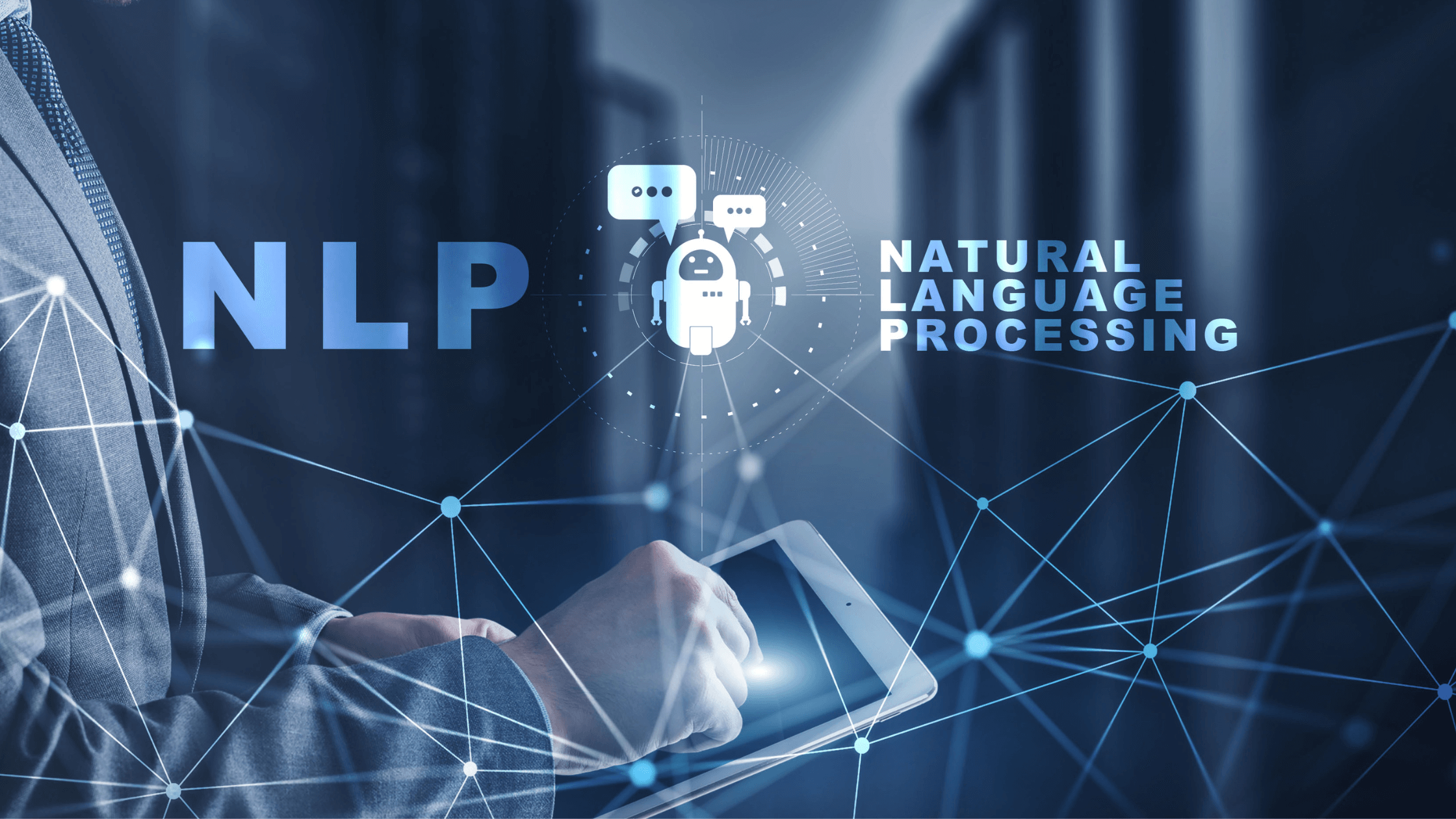Natural Language Processing (NLP) is a revolutionary field of artificial intelligence that focuses on bridging the gap between human language and computer understanding. Over the years, NLP has witnessed significant advancements. For example, it unlocks the potential to interpret, generate, and translate human language. As a result, this blog post will explore some critical advances in NLP. This will include sentiment analysis, text generation, language translation, and applying NLP across various industries and domains.
Advancements in NLP
Sentiment Analysis: Understanding Emotions through Text
Sentiment analysis, also known as opinion mining, is a powerful NLP technique that enables computers to determine the sentiment or emotional tone behind a text. For example, whether it’s customer reviews, social media posts, or survey responses, sentiment analysis can extract valuable insights from vast textual data.
Advancements in sentiment analysis techniques have improved accuracy in identifying sentiments such as positive, negative, neutral, or even more nuanced emotions like joy, sadness, anger, and fear. Furthermore, businesses can leverage sentiment analysis to understand customer feedback. This will allow them to measure brand perception and make data-driven decisions to improve their products and services.
Text Generation: From Chatbots to Creative Writing
Text generation is another groundbreaking application of NLP, wherein machines can generate human-like text based on patterns learned from vast corpora of written data. Chatbots and virtual assistants are prime examples of text generation systems. They can understand and respond to natural language queries, enabling more intuitive and interactive user experiences.
Furthermore, NLP-powered text generation models have shown impressive capabilities in creative writing, such as generating poetry, stories, and even code snippets. These models can assist writers, copywriters, and content creators, providing suggestions or automating certain parts of the writing process.
Language Translation: Breaking Down Language Barriers
Language translation has been a long-standing challenge in NLP. However, significant advancements have been made in recent years. For example, neural machine translation models have proven highly effective in translating text between different languages with remarkable accuracy.
These NLP models have not only improved the quality of translation but also reduced the time and effort required for human translators. That has opened up possibilities for cross-border communication, global collaboration, and enhanced accessibility to information for non-native speakers.
NLP Applications across Industries and Domains
Healthcare
In the healthcare industry, NLP transforms how medical data is processed and analyzed. NLP-powered systems can extract valuable information from medical records, research papers, and clinical notes. Hence, this aids diagnosis, treatment recommendations, and medical research. NLP also plays a crucial role in improving patient outcomes through better healthcare monitoring and personalized treatment plans.
Customer Service and Support
Natural Language Processing revolutionizes customer service and support by enabling intelligent chatbots and virtual assistants. These conversational agents can understand and respond to customer queries, resolving issues promptly and efficiently. As a result, that enhances customer satisfaction and reduces the workload on support teams, allowing them to focus on more complex tasks.
E-commerce and Marketing
In the e-commerce and marketing domains, NLP is used for sentiment analysis of customer reviews and social media posts to understand consumer preferences and sentiments toward products and brands. Companies can leverage that information to improve product offerings, optimize marketing strategies, and enhance customer engagement.
Finance
NLP is making significant inroads into the financial sector, helping analyze vast amounts of financial data, news articles, and market sentiment to make informed investment decisions. Furthermore, these financial institutions can apply sentiment analysis to gauge public perception and predict market trends, benefiting traders and investors.
Conclusion
Natural Language Processing has come a long way, empowering machines to comprehend, generate, and translate human language with remarkable accuracy and sophistication. Advancements in sentiment analysis, text generation, and language translation have opened up exciting possibilities across various industries and domains.
As NLP continues to evolve, we can expect further breakthroughs that will revolutionize communication, data analysis, and decision-making processes. Embracing NLP in diverse fields will lead to more efficient and effective interactions between humans and machines, paving the way for a future where language is no longer a barrier but a bridge to innovative solutions and enhanced experiences.

